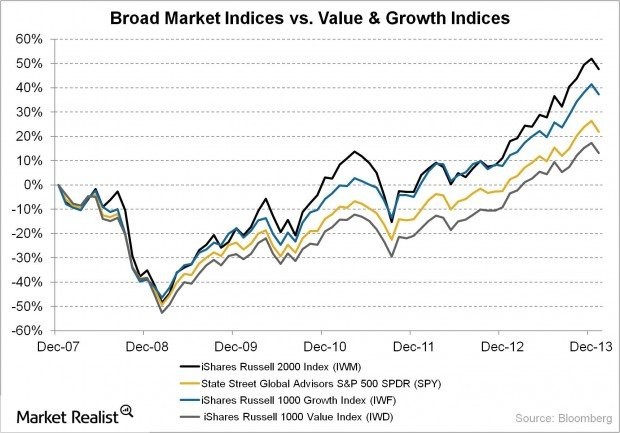How Long Will Equity Income ETFs Remain Strong
Post on: 20 Май, 2015 No Comment

Recent Posts:
How Long Will Equity Income ETFs Remain Strong?
With nearly every major index giving back the majority of its 2014 gains during the month of October, have interest-rate-sensitive stocks sidestepped the volatility altogether or have they merely postponed the inevitable?
Examining stocks and income ETFs particularly of the utility, real estate and preferred types its clear that a falling-rate environment has bolstered margins and investor confidence. In the backdrop of low relative yields and cheap long-term financing, expectations are for these assets to remain strong. After all, sector rotation and other active strategies rely on these areas for outperformance when traditional market-leading sectors such as energy or technology falter.
However, the crux of the problem with using these sectors as temporary safe havens is that the momentum that drives them higher is commonly met with equal or greater selling pressure once the corrective cycle that sparked the rally is met with enthusiasm.
Plus, just like all intense market shifts, the trick is deciding when to blink.
Click to Enlarge The yield on the 10-year Treasury is more than 10% above its intraday low of just under 2%, and in my opinion it could be flashing warning signs that the low in rates is in for the year. The two-thirds retracement from the backup in rates during 2013 is nearly complete, consummated by the recent blow off the lows and subsequent reversal.
This is especially important in light of the Fed’s ongoing commitment to taper its asset purchase program this year. Despite what some dovish Fed governors have commented on in recent weeks, it would take a much larger hit to the broad labor or housing markets for the Fed to ultimately reverse course.
While the recent about-face in interest rates doesn’t foreshadow a straight line higher, it’s important that investors know what rate-sensitive assets they own (such as income ETFs) and how to position them given the probabilities of higher interest rates sometime in 2015. Developing a working model of interest-rate movements can assist in making sound portfolio management decisions.
For example, if rates hover in the 2%-2.5% range for the remainder of the year, its likely that income ETFs such as the Vanguard Real Estate Index (VNQ ), Utilities SPDR (XLU ) and iShares U.S. Preferred Stock ETF (PFF ) will remain relatively resilient.
Conversely, if rates ultimately head higher as a result of some other catalyst, its likely that investors will rotate to more leveraged or growth oriented equity themes in an effort to chase performance. That very catalyst could be the Fed ending QE3 at its next meeting, while simultaneously renewing the phrase “for a considerable time” to calm fears of an untimely rate increase. This type of posturing could send equities to all-time new highs while putting continued upward pressure on the longer end of the curve.
The overarching key to successful management of interest-rate-sensitive themes is the ability to identify with an unfavorable setting. Be mindful of intermediate trend reversals in rates, growth equities and Fed policies. Until those dynamics changes, we are likely to continue to experience outperformance and higher prices in these high-yielding sectors.
Michael Fabian is Managing Partner and Chief Investment Officer of FMD Capital Management. As of this writing, c lients of FMD Capital owned VNQ. To get more investor insights from FMD Capital, visit their blog.
investorplace.com/2014/10/income-etfs-vnq-xlu-pff/.














